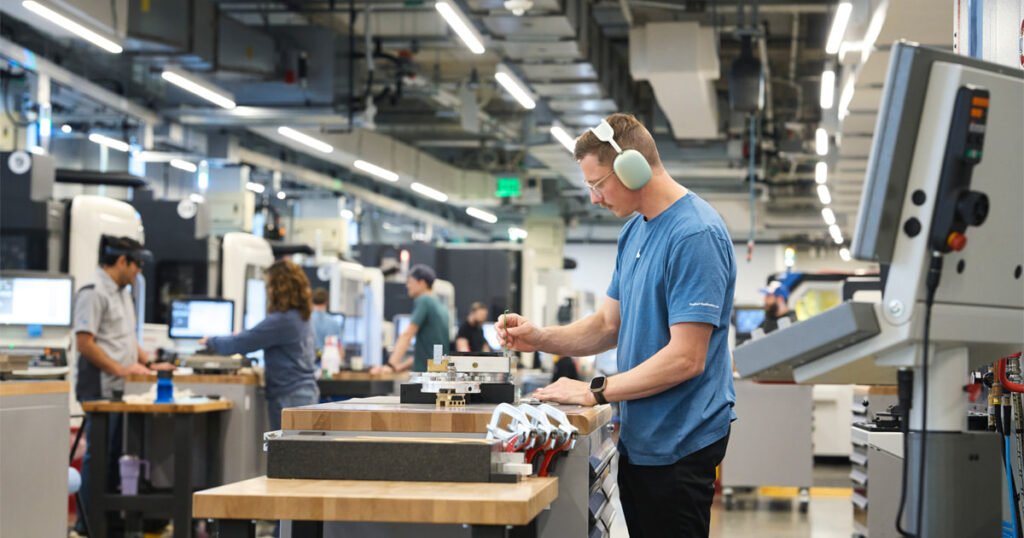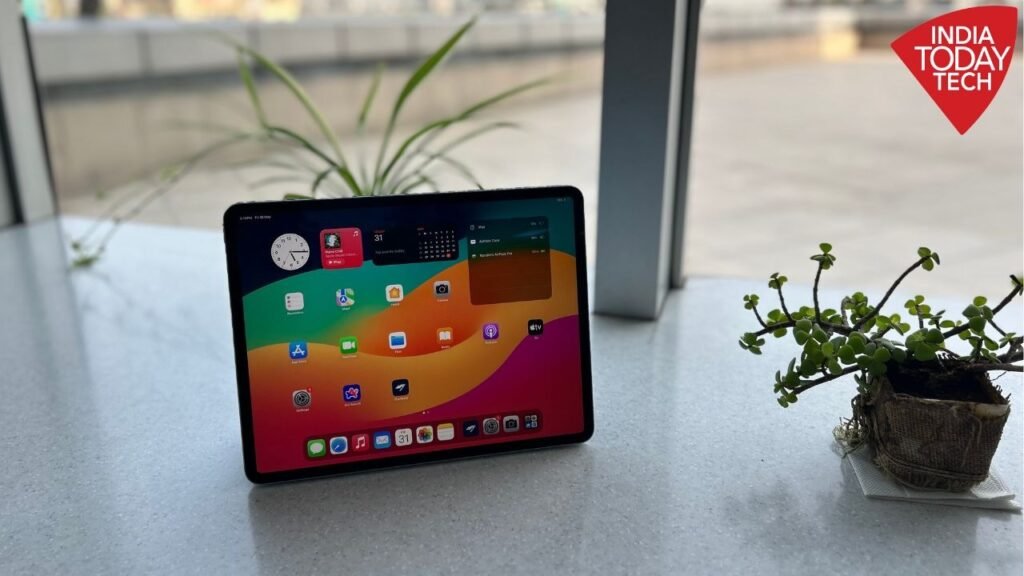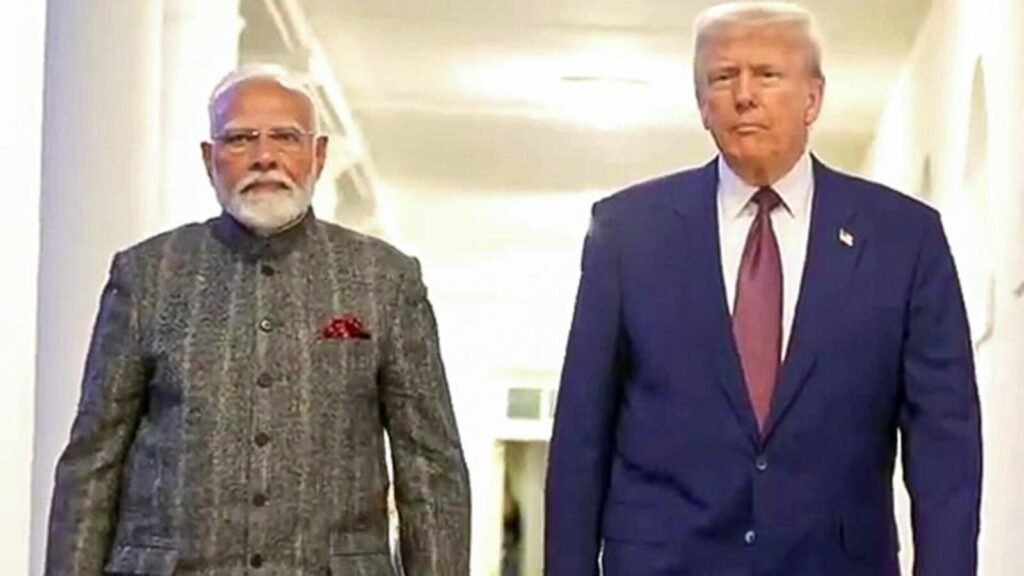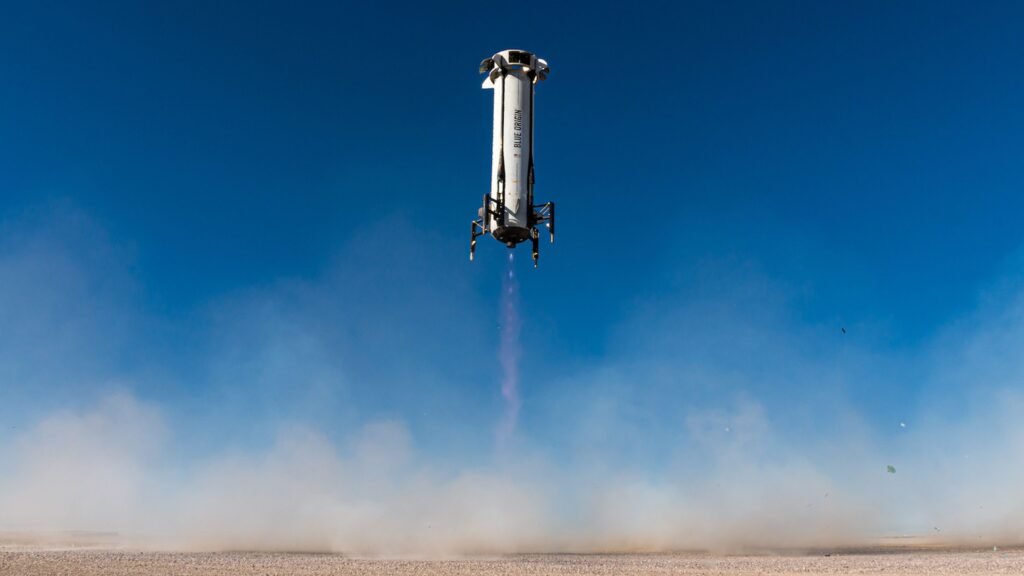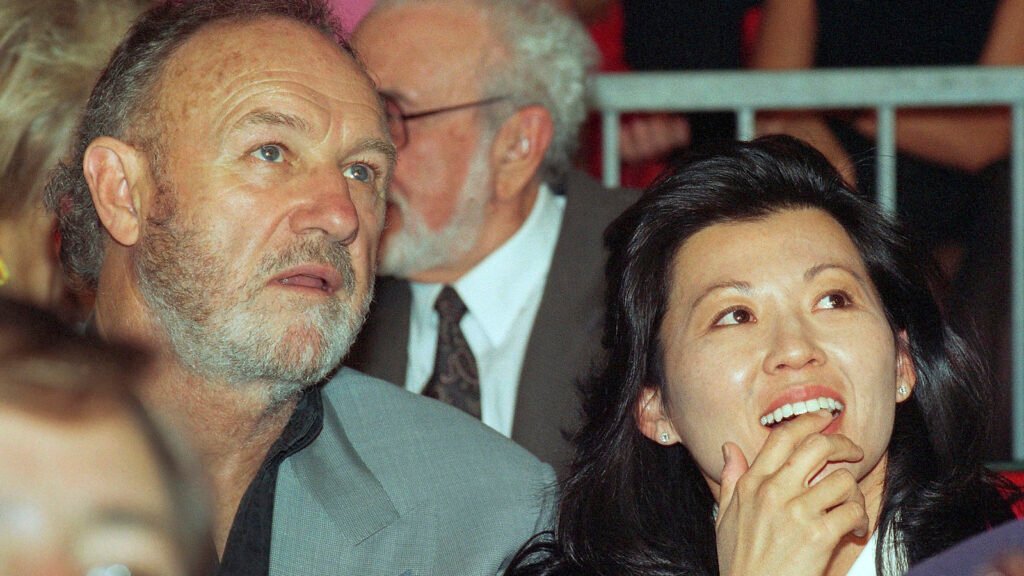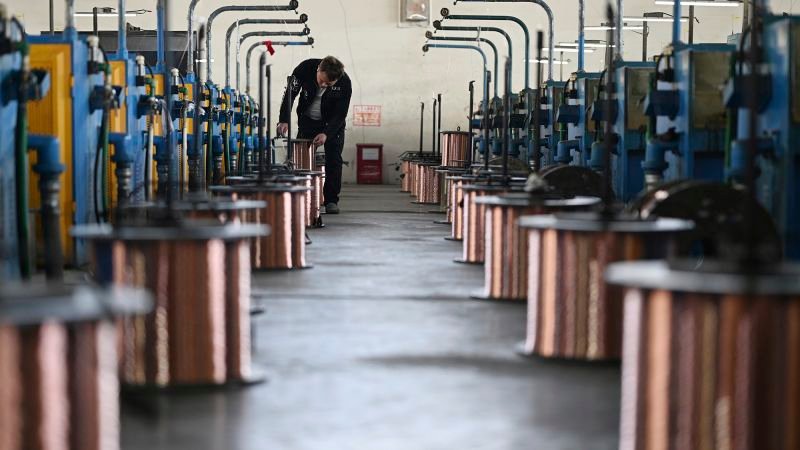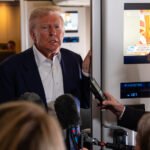CNN
—
President Donald Trump said Tuesday he’s imposing a new 50% tariff on all copper imported into the US. However, it’s unclear when the new tariff would take effect.
“Today we’re doing copper,” he said at a Cabinet meeting, adding that he believed the rate will be 50%.
This would mark the fourth across-the-board tariff Trump has imposed during his second term. Currently, most imported cars and car parts face a 25% tariff, while imported steel and aluminum both face 50% tariffs.
The White House didn’t immediately respond to CNN regarding Trump’s timeline for imposing copper tariffs.
Trump ordered a Section 232 investigation into copper imports in February, using a law that gives the president authority to impose higher tariffs based on national security grounds.
Copper is a crucial component in a variety of goods, including electronics, machinery and cars. Tariffs on copper could make those goods more expensive for Americans. The US imported $17 billion worth of copper last year, according to US Commerce Department data. Chile was the largest foreign supplier of the metal, shipping $6 billion worth of it to the US last year.
Copper prices surged to all-time highs after Trump said he plans to levy tariffs on the red metal. The most actively traded copper futures contract in New York jumped as much as 15% and hit a record $5.66 per pound.
Copper prices have soared 38% this year as Trump’s tariffs are set to hike the cost of importing the metal, a reflection of stockpiling to get ahead of tariffs.
“I’ve been surprised it’s taken this long to get the copper tariff,” Ed Mills, Washington policy analyst at Raymond James, told CNN.
Trump also said on Tuesday that 200% tariffs on pharmaceuticals are coming “very soon,” but they may not take effect for some time in an effort to get more companies to move to the US.
Meanwhile, on Monday Trump extended his “reciprocal” tariff pause to August 1. Those rates, briefly imposed in April, had been set to resume at 12:01 am ET on Wednesday. Trump has also been sending a flurry of letters to country leaders informing them what their new tariff rates could be come August, absent a new negotiated rate.
This story has been updated with additional context and developments.





